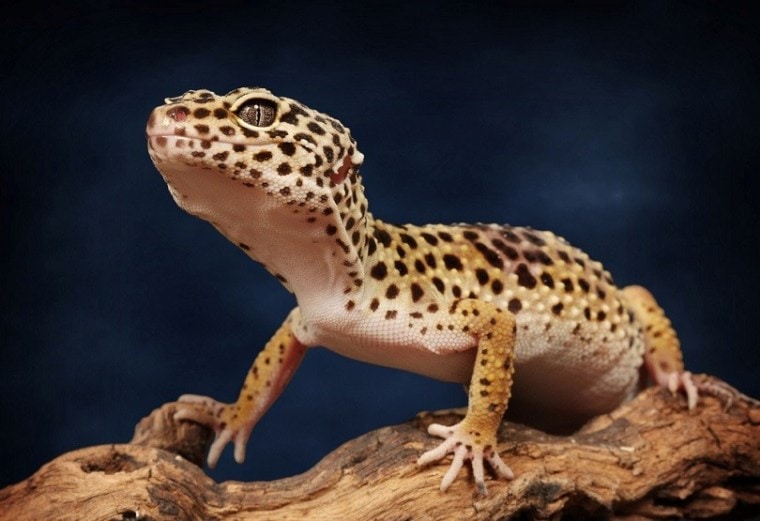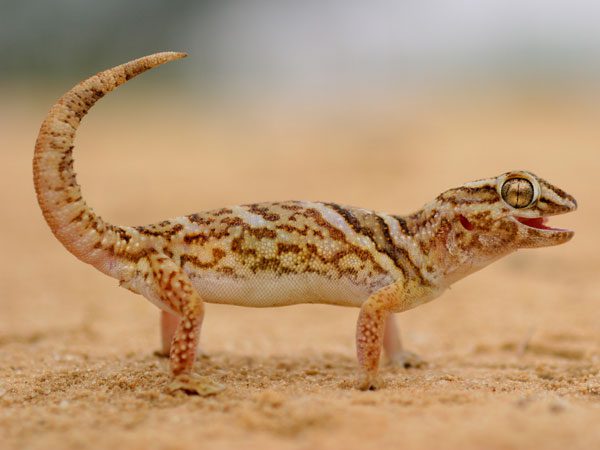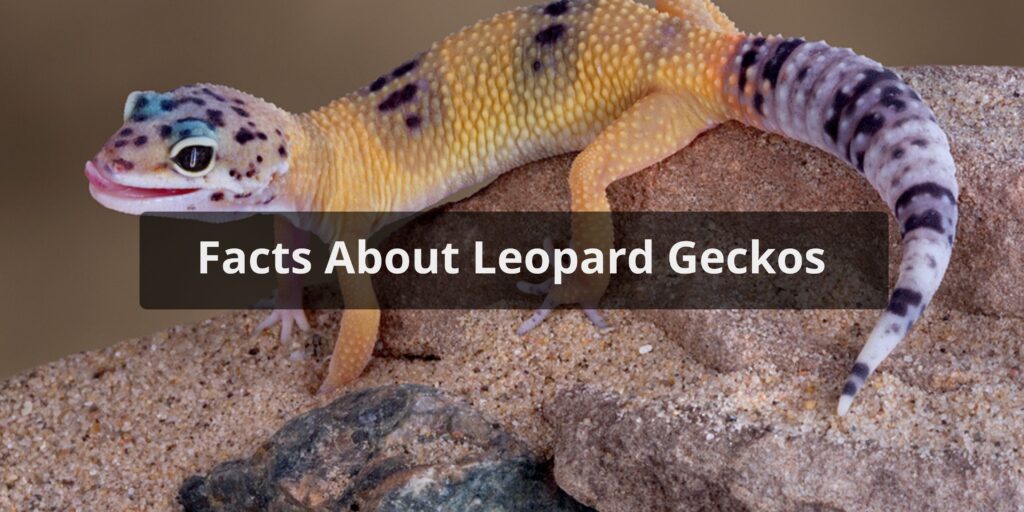Leopard geckos are one of the most popular pet lizards kept in homes around the world. Here are some interesting facts about these unique reptiles:
Leopard geckos (Eublepharis macularius) are a ground-dwelling lizard species native to the deserts of Asia and throughout Pakistan, India, and Afghanistan. They have become a popular pet species due to their small size, relatively easy care requirements, and docile nature. Leopard geckos get their name from the leopard-like spots and patterns covering their yellow and white skin. These patterns are unique to each individual gecko. Read on to learn more fascinating facts about leopard geckos!
Unique Physical Features

- Leopard geckos are equipped with specialized toe pads that allow them to climb smooth surfaces. Their toes even have a lamellae structure similar to that of gecko feet which gives them impressive gripping abilities.
- They have lidless eyes with vertical pupils that allow them to see well in low-light conditions. Leopard geckos are crepuscular meaning they are most active at dawn and dusk. Their eye structure suits their natural activity patterns.
- These lizards lack eyelids and instead have a transparent membrane they can lick to clean their eyes.
- Leopard geckos are able to voluntarily detach their tails if attacked by predators. Their tails continue to wriggle after detachment which can distract the predator while the gecko makes its escape. The tail will eventually regrow but often looks different than the original.
- They have folds of skin along their sides called dermal folds. These allow the gecko to expand its body when threatened which exposes a certain color pattern to scare away predators.
- Leopard geckos are ectothermic meaning they rely on external heat sources to control their body temperature. They do this through behaviors like basking under heat lamps or on warm surfaces.
Habits and Behavior
- Leopard geckos are solitary animals and do not naturally live together. Males are territorial and can be aggressive towards other males.
- They are crepuscular and nocturnal, spending their nights hunting for insects and hiding in burrows during the day.
- These geckos are sit-and-wait predators meaning they remain still waiting to ambush prey that crosses their path.
- Their natural diet consists of insects like crickets, mealworms, waxworms, and other invertebrates.
- Leopard geckos are unable to produce their own body heat so they rely on environments with temperatures around 88-93°F during the day for proper digestion and activity.
- These reptiles are very vocal especially during breeding season. They bark, chirp, squeak, and screech as methods of communication.
- When threatened, leopard geckos can detach their tails through a process called autotomy. Lost tails will regrow over time.
- Baby leopard geckos are 6-8 cm long when they hatch. Sexual maturity is reached between 8-12 months old. With proper care, leopard geckos can live 6-10 years in captivity.
Care as Pets

Leopard geckos have basic care needs that make them a great beginner lizard for responsible pet owners. Here are some essential care guidelines:
- Provide a terrarium or enclosure at least 20 gallons in size with a wire mesh lid. Add substrate like reptile carpeting or paper towels. Include hiding places like small boxes and artificial plants.
- Use an under tank heating mat on one side of the tank to create a warm spot of 88-93°F for proper digestion. The cool side should be around 75-80°F.
- Use overhead heating lamps or ceramic heat emitters at night to maintain appropriate temperatures. Do not use hot rocks as they can cause burns.
- Offer a shallow water dish, changed daily. Provide a calcium dish too for licking as needed.
- Feed gutloaded insects like crickets, worms, and roaches. Dust food with calcium + D3 and multivitamin supplements. Adults eat 10-15 insects, 3 times weekly.
- Handle gently by scooping up from underneath. Never grab by the tail. Wash hands before and after handling.
With their low-maintenance care needs, longevity, and docile nature, leopard geckos make fantastic pets for new and experienced reptile owners alike. Following these tips will help ensure a healthy and happy leopard gecko companion.
Conclusion
Leopard geckos are a unique and popular pet lizard species. Their specialized features like sticky toe pads, regrown tails, and dermal folds enable them to thrive in harsh desert environments. As crepuscular hunters, leopard geckos are well-equipped for low-light conditions. When kept as pets, they have modest habitat and feeding requirements compared to other exotic reptiles. Leopard geckos can make great starter pets with their calm demeanor and longevity of up to 10 years. By providing the proper enclosure setup, temperatures, nutrition, and handling, leopard gecko owners can have an interactive reptile pet.
FAQs Facts about Leopard Geckos
What is the average size of a leopard gecko?
Leopard geckos are relatively small reptiles, with an average size of 7 to 10 inches (18 to 25 centimeters) in length. However, their size can vary slightly depending on factors like age, genetics, and diet.
Do leopard geckos require UVB lighting?
Leopard geckos do not require UVB lighting. Unlike some reptiles, they primarily rely on dietary sources of vitamin D3 for calcium absorption. Providing appropriate calcium supplements and a well-balanced diet, along with a proper heat source, is sufficient for their health.
Are leopard geckos good pets for beginners?
Yes, leopard geckos are often considered excellent pets for beginners. They have a calm temperament, are relatively easy to care for, and don’t require a complex setup. Their manageable size and docile nature make them a popular choice among reptile enthusiasts.
What is the difference between male and female leopard geckos?
The main difference between male and female leopard geckos is the presence of hemipenal bulges at the base of the tail in males, which are absent in females. Additionally, males tend to be slightly larger and may have more noticeable preanal pores, which are used for scent marking.
How do leopard geckos reproduce and lay eggs?
Leopard geckos reproduce sexually, with males fertilizing eggs produced by females. After a successful mating, the female will lay a pair of eggs every few weeks for a period of several months. The eggs are usually buried in a suitable laying substrate and incubated until they hatch, typically after around 45 to 60 days.



